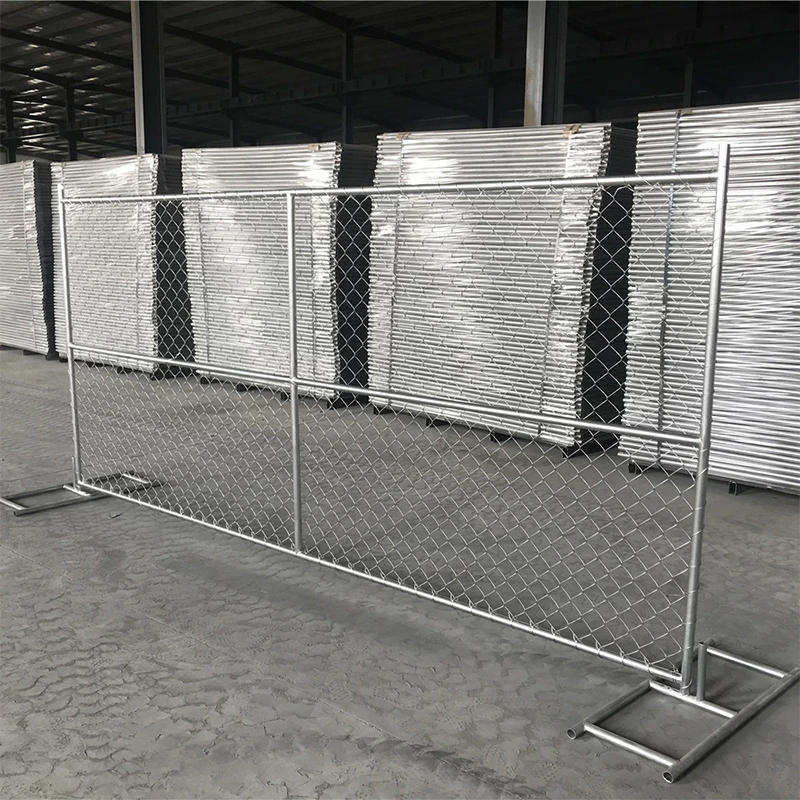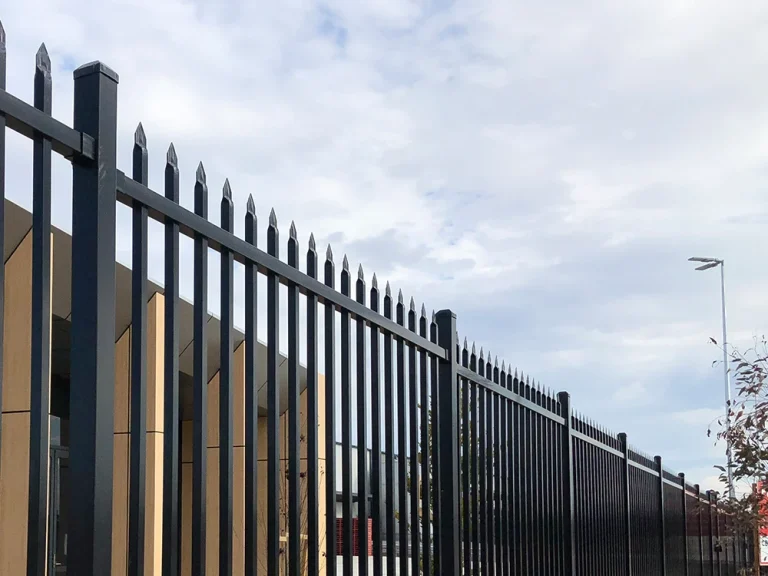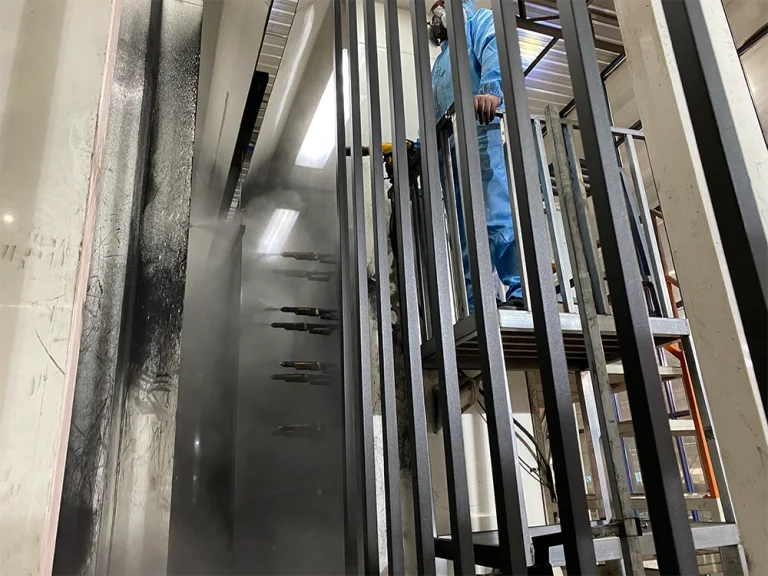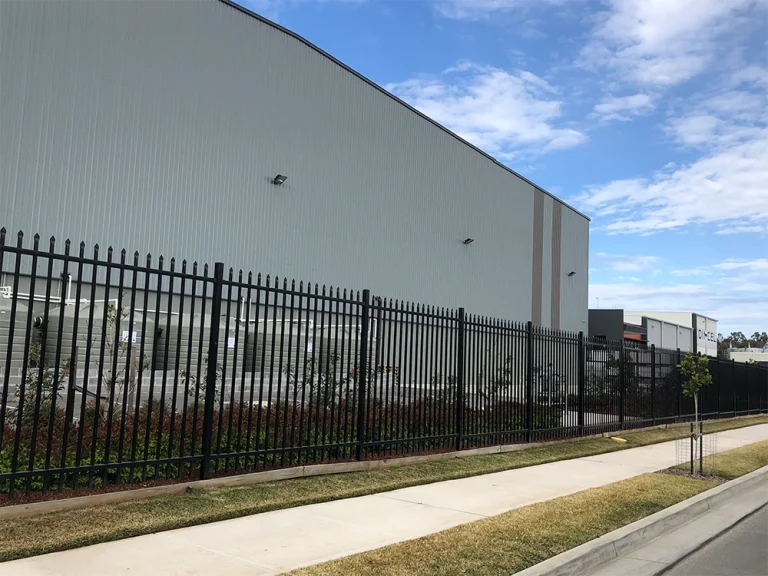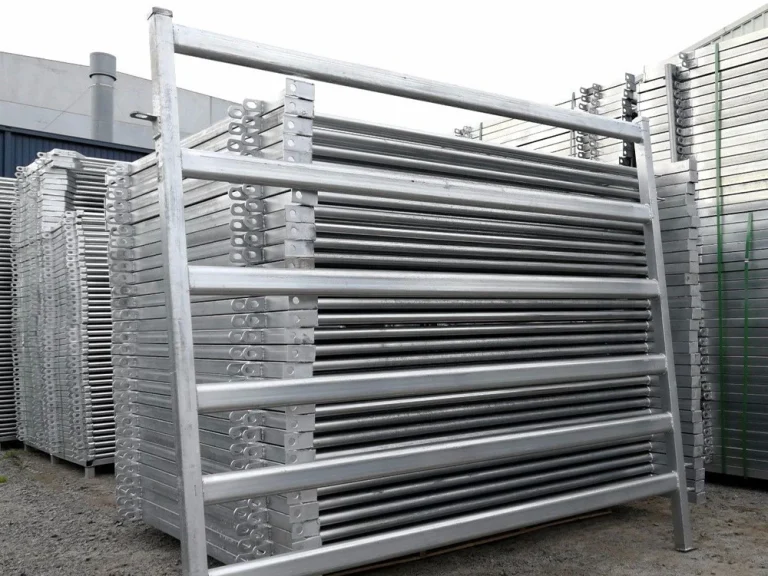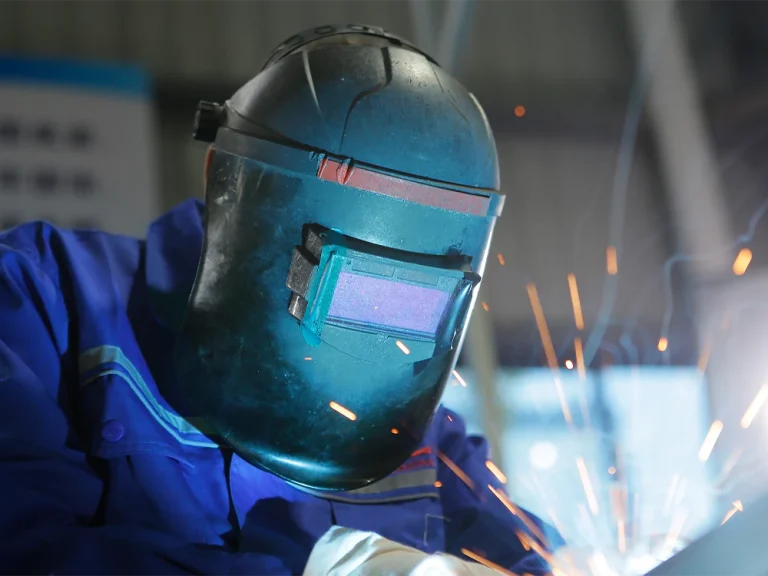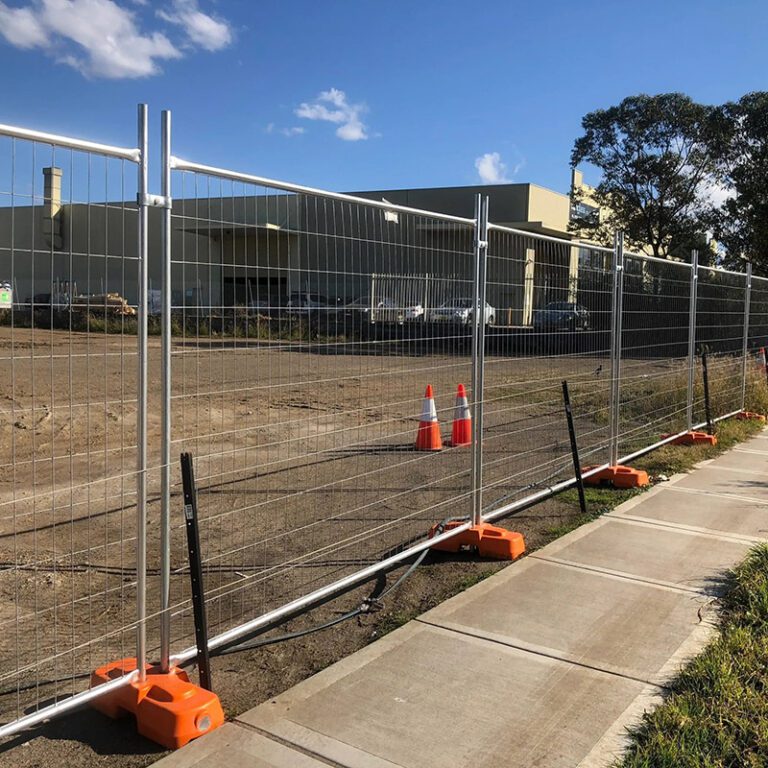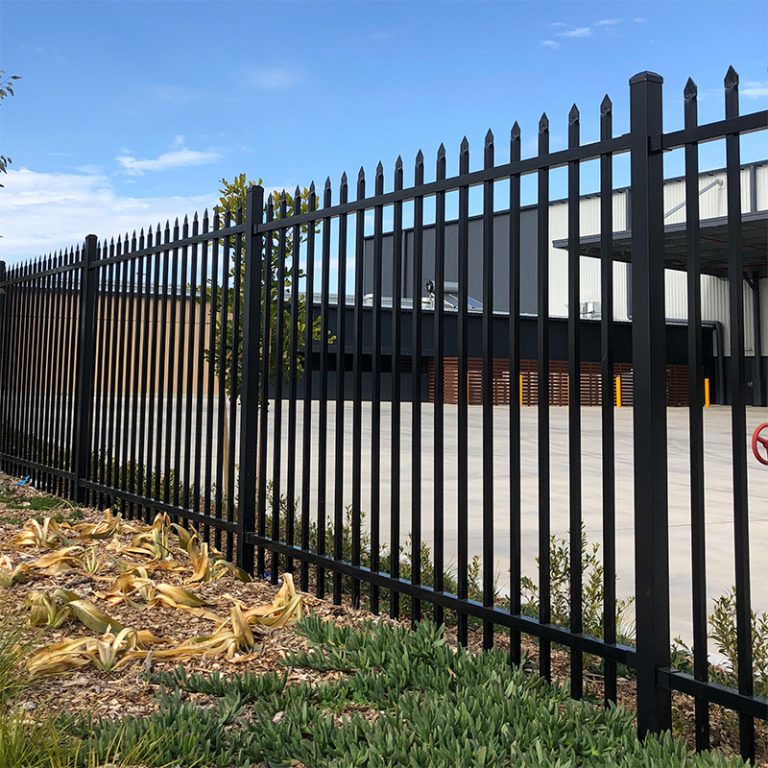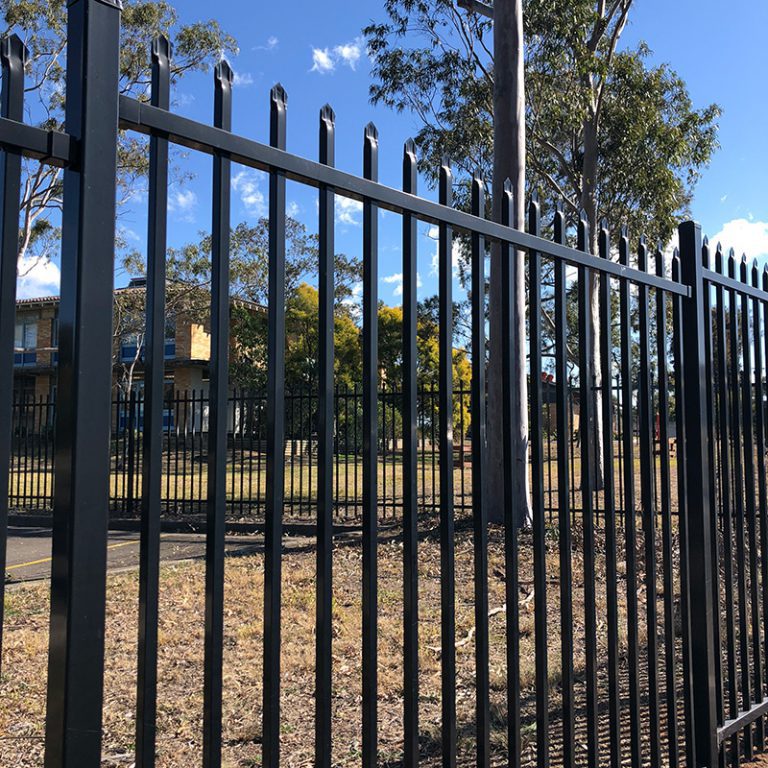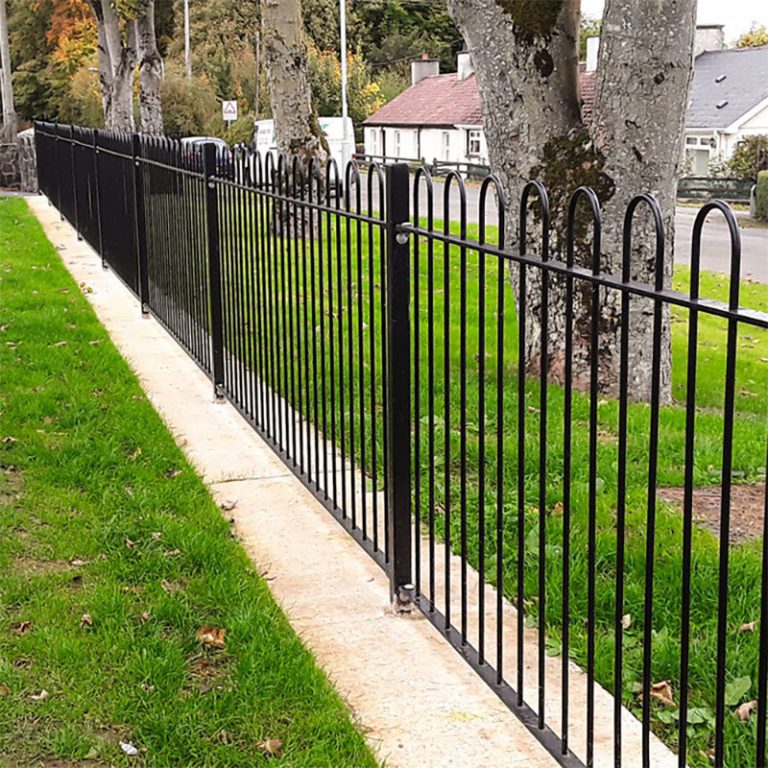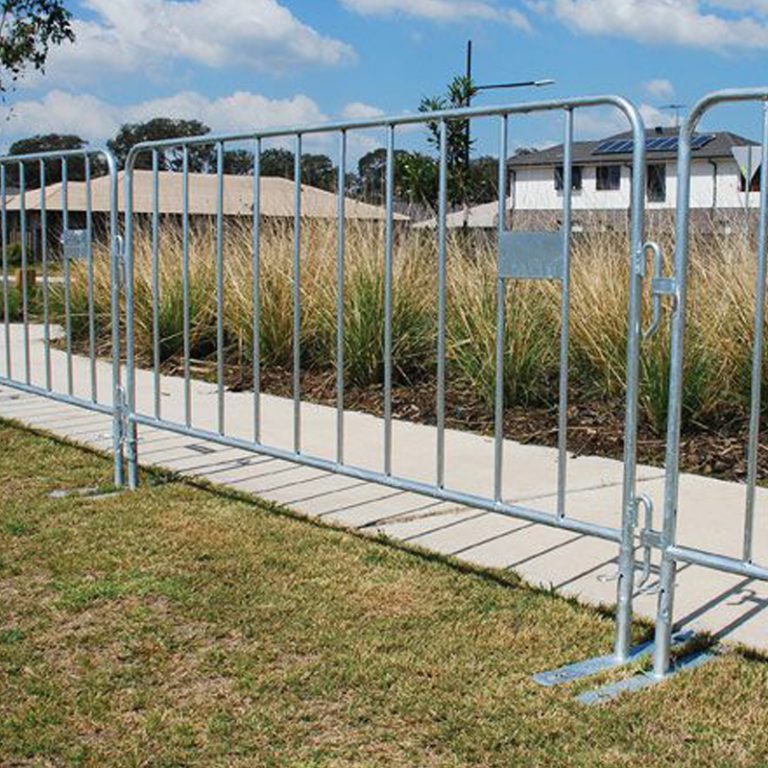It is a complicated thing how to make chain-link temporary fences; the temporary fence we produce is mainly sold to Australia, New Zealand, the United States, and Canada.
The production process of chain link temporary fences involves several steps. Here is a detailed overview of the production process and the technology used to manufacture these versatile and widely used fences.
1. Material Preparation:
The first step in the production process of chain link temporary fences is the preparation of the necessary materials. The primary material used for the chain link mesh is galvanized steel wire, known for its strength and durability. Additionally, metal pipes or posts are required to construct the fence frame. These materials are carefully selected and inspected to ensure they meet the desired specifications and quality standards.
2. Wire Drawing:
After the material preparation, the galvanized steel wire undergoes a process called wire drawing. This process involves passing the wire through a series of dies to reduce its diameter to the desired size. Wire drawing not only helps achieve the desired dimensions but also enhances the wire’s strength and uniformity. Through this process, the wire is transformed into a more manageable and suitable form for the subsequent manufacturing stages.
3. Weaving the Mesh:
Once the wires have undergone the wire drawing process, they are ready to be woven into the characteristic diamond-shaped chain link mesh. This weaving process takes place in a specialized machine designed specifically for chain link fence production. The machine feeds the galvanized steel wire into the weaving area, where it is interwoven in a zigzag pattern to create the diamond-shaped openings. The machine ensures precise and consistent weaving by securely securing the intersections and maintaining the correct tension throughout the process.
4. Frame Construction:
In parallel with the mesh weaving process, the frame of the chain link temporary fence is constructed. The frame provides structural support and stability to the fence. Metal pipes or posts, which have been carefully selected based on their strength and durability, are cut to the required lengths and shapes. These components may undergo additional processes such as bending, welding, or joining, depending on the specific design requirements. The frame construction stage requires skilled craftsmanship to ensure the integrity and quality of the final product.
5. Attaching the Mesh to the Frame:
Once both the mesh and frame are ready, the next step is to attach the mesh to the frame. This process involves carefully connecting the chain link mesh to the frame using various fastening methods such as tension bands, wire ties, or clips. The mesh is stretched tightly across the frame to ensure stability and prevent sagging. This step requires precision and attention to detail to ensure that the mesh is securely and evenly attached to the frame, resulting in a well-constructed and visually appealing fence.
6. Surface Treatment:
To enhance the durability and corrosion resistance of the chain link temporary fence, it may undergo various surface treatments. One common treatment is galvanization, where a layer of zinc is applied to the metal surface. Galvanization provides a protective barrier against rust and corrosion, extending the lifespan of the fence, particularly in outdoor environments exposed to harsh weather conditions. Another surface treatment option is powder coating, which involves applying a dry powder to the metal surface and then curing it to form a durable and attractive finish. Powder coating offers a wide range of color options, allowing the fence to blend seamlessly with its surroundings while providing superior protection against environmental elements.
7. Accessories and Finishing:
To further enhance the functionality and stability of the chain link temporary fence, various accessories and finishing touches can be added. These include gates, connectors, and stabilizers, among others. Gates provide convenient access points, connectors enable the seamless connection of multiple fence panels, and stabilizers improve the overall stability of the fence, particularly in windy conditions. Additionally, the finished fence may undergo rigorous quality checks and inspections to ensure it meets all the required standards and specifications.
8. Packaging and Distribution:
Once the manufacturing process is complete, the chain link temporary fences are carefully packaged and prepared for distribution. This involves bundling the fence panels or disassembling the fence into smaller components to facilitate transportation. Packaging considerations include protecting the fence from potential damage during shipping and ensuring ease of handling for the end users. Proper labeling and documentation are also essential to provide clear instructions for installation and usage.
Conclusion:
In conclusion, the production of chain link temporary fences involves several intricate steps and utilizes advanced manufacturing technologies. From material preparation to surface treatment, each stage is crucial in ensuring the production of high-quality and durable fences. By following a meticulous process and incorporating various accessories and finishing touches, these fences offer versatility, functionality, and aesthetic appeal. Whether used for construction sites, public events, or temporary enclosures, chain link temporary fences provide a reliable and efficient solution for various temporary fencing needs.
FENCE DEPOT is a manufacturer of fence panels, providing quality temporary fencing products for your commercial or industrial building. If you are looking for durable and high-quality metal fence products, please do not hesitate to contact us. Email: [email protected]

